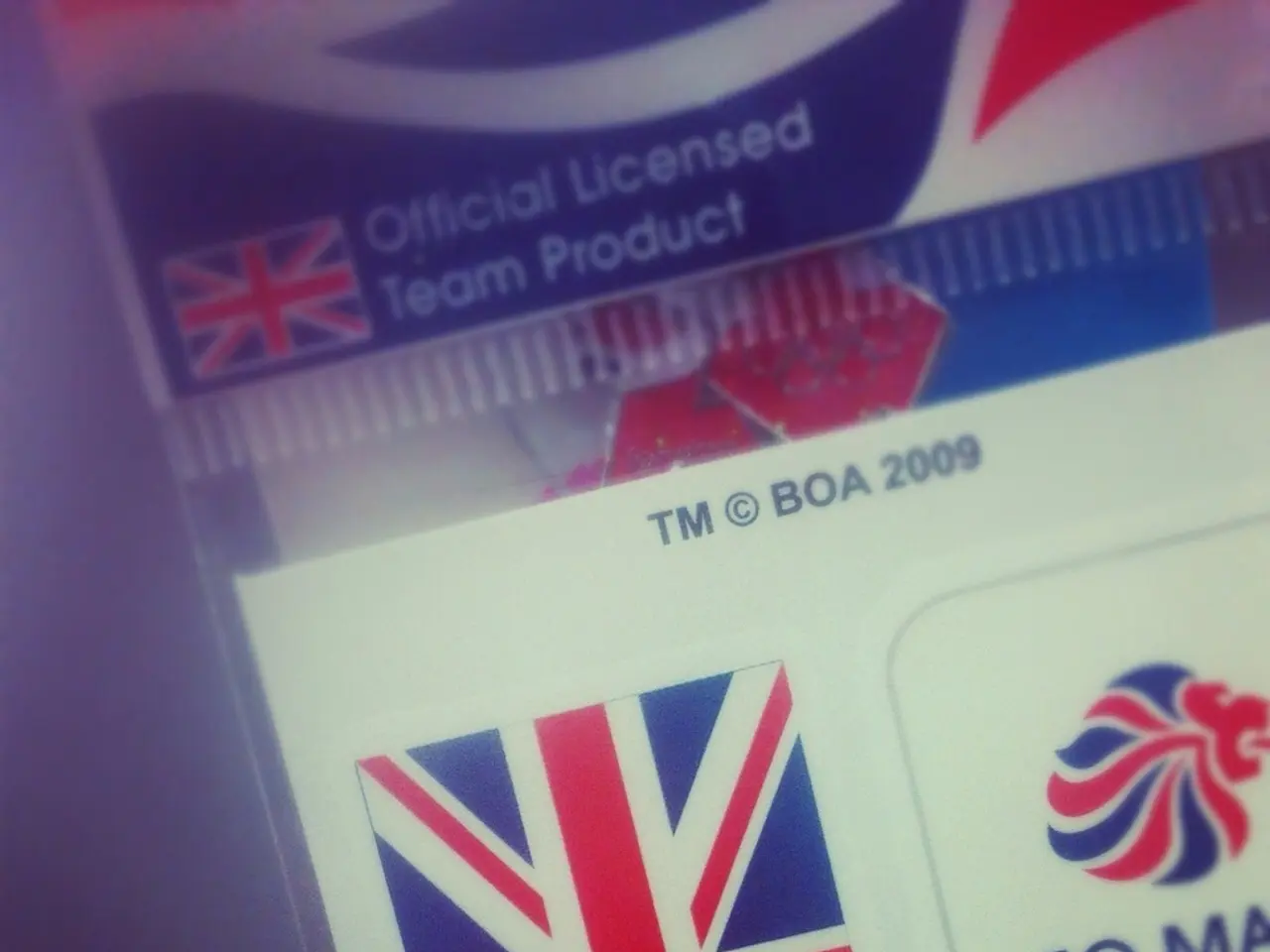Launching a Fashion Venture: A Blueprint for Your Clothing Company
In the competitive world of fashion, launching a successful clothing line requires a well-thought-out business plan. This article outlines the essential components of a business plan tailored for clothing brands, providing practical steps and insights for aspiring entrepreneurs.
### Executive Summary
The executive summary is a high-level overview of your business, placed at the beginning of your plan. It should succinctly summarise your brand concept, target market, unique selling points, financial highlights, and growth objectives.
### Vision and Mission Statements
A vision statement describes the aspirational, long-term impact you want your clothing line to have on the industry, your customers, or society. A mission statement explains your business’s purpose—why it exists, whom it serves, and what it seeks to accomplish day-to-day.
### Core Values
Core values are the fundamental beliefs that guide your business decisions and culture. Examples include sustainability, inclusivity, quality craftsmanship, ethical sourcing, innovation, etc.
### Products & Services
Detailed descriptions of your product lines, materials, and design philosophy are essential. Highlight any added value, such as customization, styling consultations, or after-sales support.
### Unique Selling Points (USPs)
Your USPs should address specific gaps or desires in your target market and be consistently communicated in all branding.
### Market Analysis
Assess the current state of the fashion industry, highlighting trends relevant to your niche. Define your ideal customer (demographics, psychographics, buying behaviors). Identify direct and indirect competitors, analyse their strengths and weaknesses, and explain how you will differentiate. Estimate the total available market and your realistic share over time.
### Marketing Strategy
Product positioning, brand messaging, acquisition channels, marketing tools, goals, and metrics are all crucial elements of a marketing strategy.
### Sales Strategy
Sales channels, pricing strategy, customer acquisition, retention, and logistics are essential components of a sales strategy.
### Operations and Logistics
Qualifications and available production capacity of manufacturing partners, the production process, inventory management, shipping and fulfilment, and supplier and manufacturer information are all important considerations.
### Financial Projections
Project sales by product line and channel, itemize costs, forecast gross margin, operating expenses, and net income over 3–5 years, model monthly cash inflows and outflows, estimate when the business will become profitable, state funding requirements, and explain how capital will be used.
### Risk Assessment
Identify internal and external risks and develop mitigation strategies.
### Contingency Plan
Outline steps for responding to potential crises, identify backup suppliers, emergency funds, and alternative sales channels, and prepare messaging for stakeholders in case of disruptions.
### Practical Tips
Use business plan templates, leverage specialized Excel templates for clothing brands, and revisit and update your plan regularly as your business grows and market conditions change.
A well-structured business plan not only guides your startup journey but also demonstrates professionalism to potential investors and partners. Each section should be clear, data-driven, and aligned with your brand’s vision and market opportunity.
- In the 'Financial Projections' section, it's important to project sales not only by product line but also by channel, itemize costs, forecast gross margin, operating expenses, and net income over 3-5 years.
- To stand out in the competitive fashion-and-beauty industry, a small-business entrepreneur should identify Unique Selling Points (USPs) that address specific gaps or desires in the target market and be consistently communicated in all branding.
- Improving the 'Quality Control' of products is a crucial step in business operations and logistics, ensuring that small businesses maintain their brand reputation for producing high-quality items.




